Primrose (Primulaceae)
Saline Shootingstar
Dodecatheon pulchellum (Raf.) Merr.Very few species of bees can pollinate the Saline Shootingstar, a plant found on saline (salty) grasslands. Visiting bees do not feed on nectar. Instead, they vibrate their wings to a specific frequency causing pores on the anthers to open, and the pollen inside to come loose and spill over the bees. This process is called buzz pollination.
Flower Colour:
- Pink
Flowering Season:
- Spring
- Summer
Flowering Months:
- April
- August
- July
- June
- May
Canadian Rarity Status:
Not rare. Listed as “may be at risk” in Yukon and “sensitive” in the Northwest Territories.
Physical Appearance:
This perennial grows 5-40 cm tall. Its spoon-shaped leaves have stalks and smooth to faintly toothed edges, occurring in a basal clump. The nectarless flowers are arranged in a nodding cluster of 1-25, on top of a leafless stem. Each one has five pink petals, bent backwards and joined at the base in a yellow band. The five joined stamens stick out as a pointed, yellow and reddish-purple tube. The cylinder to egg-shaped fruits split open to release their many seeds.
Similar Species:
Mountain Shootingstar (Dodecatheon conjugens Greene)
Gardening Notes:
Seeds and/or plants are often available from greenhouses and seed supply companies specializing in native plants. Saline Shootingstar grows easily from seed.
Canadian Distribution:
- Alberta
- British Columbia
- Manitoba
- Northwest Territories
- Saskatchewan
- Yukon
Prairie Types:
- Fescue Prairie
- Mixed Grass Prairie
- Tall Grass Prairie
Habitats:
- Meadows
- Prairies
- Salt Flats
- Wetlands
Moisture Conditions:
- Moist
Light Preference:
- Full Sun
- Part Shade
Soil Preference:
- Clay
- Saline






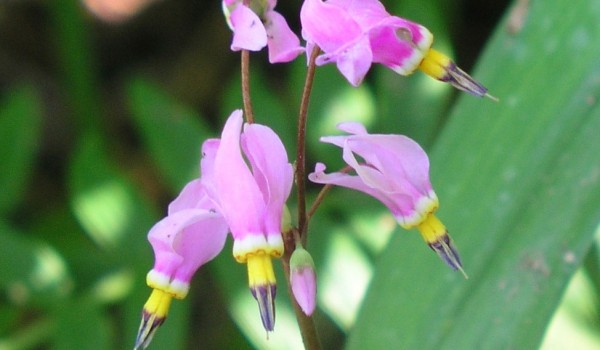
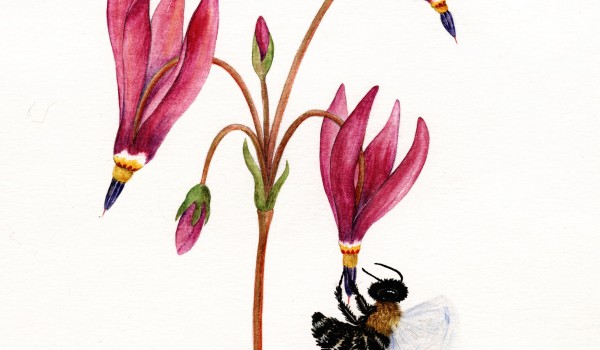
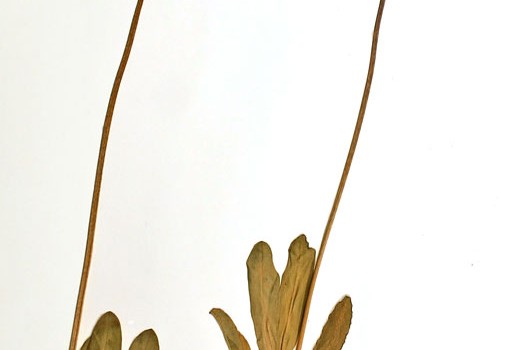
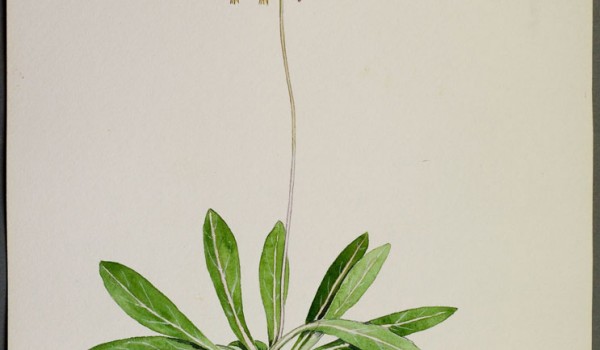
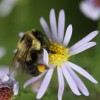 Bumble, Honey, and other Bees (
Bumble, Honey, and other Bees (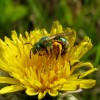 Sweat Bees, Halictid Bees and other Bees (
Sweat Bees, Halictid Bees and other Bees (